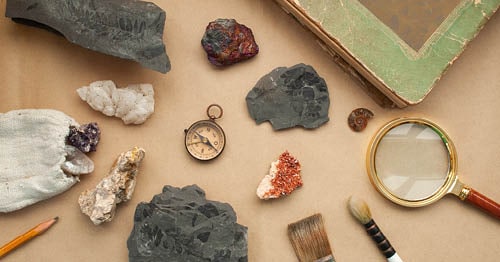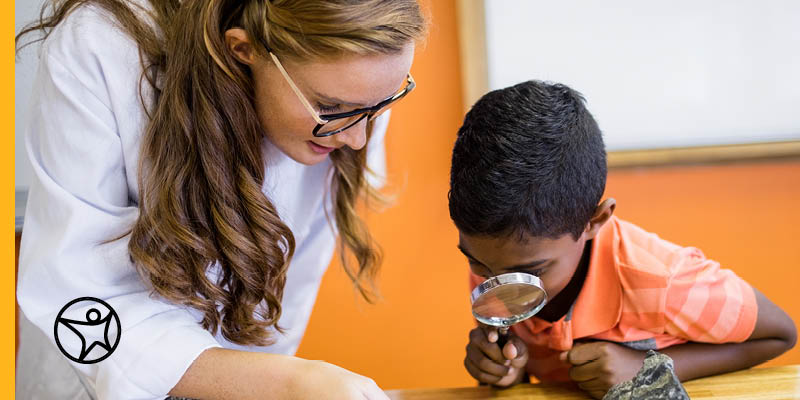The Benefits of Music Education for Children
by Phoebe Brown
byEmily Ewen
5 min to readAre you and your students ready to have some fun with science? Hands-on science projects and experiments are not only exciting for kids, but they can help them learn better, too. “Learning by doing” allows students to engage their hands and their minds, helping them be more focused and motivated to learn.
Science experiments are a great way to supplement your online school student’s science curriculum to help them get a deeper understanding of natural and scientific concepts, especially fossil science. Use this fossils activity as part of a homeschool science project or simply do it just for fun! It’s perfect for elementary school students and can be done at home with ingredients you probably already have in your house.
At one point in time, fossils were living plants or animals. When they died, elements in the environment preserved them, turning them into fossils. Real fossils can be millions and even billions of years old.
When you think of fossils, dinosaur bones encased in rock may first come to mind. But did you know that there are several different types of fossils? Petrified fossils, carbon films, preserved remains, and trace fossils can all teach us something about our world!
Before you get started on your fossil science activity, test your student’s knowledge with this quick fossil quiz:
Trace fossils are the most common type of fossil, and they’re created when a living creature leaves an impression on the earth. There are two main types of trace fossils: molds and casts. A mold forms when an organism is pressed into layers of sediment, but the organism itself gradually disappears so only the mold of its shape is left. This experiment shows us how to make a mold fossil.
Before you get started, make sure you have all the fossil experiments ingredients on hand:
A cast, which is the opposite of a mold, is made when minerals and sediment fill in the spaces of a fossil mold to create a replica of the original organism.
Try this: Take the piece of leftover fossil dough you set aside and press it into one of your dried molds. Gently pull it out and take a look at the cast you have made. How closely does it resemble the original object?

Deepen your student’s understanding of fossils with these additional fossil project ideas.
Parents and Learning Coaches may consider making the fossils ahead of time and burying them in the backyard for a little hands-on fossil activities fun. Challenge your elementary school student to search for the fossils and dig them up just like a real-life paleontologist. Ask them about their observations of these fossilized organisms.
After making your own fossils, take a field trip to a nearby museum to see some real fossils. Ask your student to identify the fossil type of each specimen you see.
Carbon films form when an organism leaves behind a thin layer of carbon. They’re known for showing a lot of detail. Try this fossil activity: Place a leaf under a sheet of white paper and gently rub a pencil over top of it. Notice the details of the leaf that show through onto the paper.
Preserved remains form when an organism gets trapped in tar, tree resin, or ice and isn’t able to maintain its original form. Place a leaf or flower in an ice cube tray filled with water. Put it in the freezer and wait a few hours for it to freeze. Does the item look any different now that it’s frozen?
Make the most of your fun fossil activities with these knowledge tidbits:
Did you have fun with these fossil activities for kids? If you want more hands-on science activities for kids that can be done at home, check out this one: “How to Make Crystals in Your Own Kitchen.”
